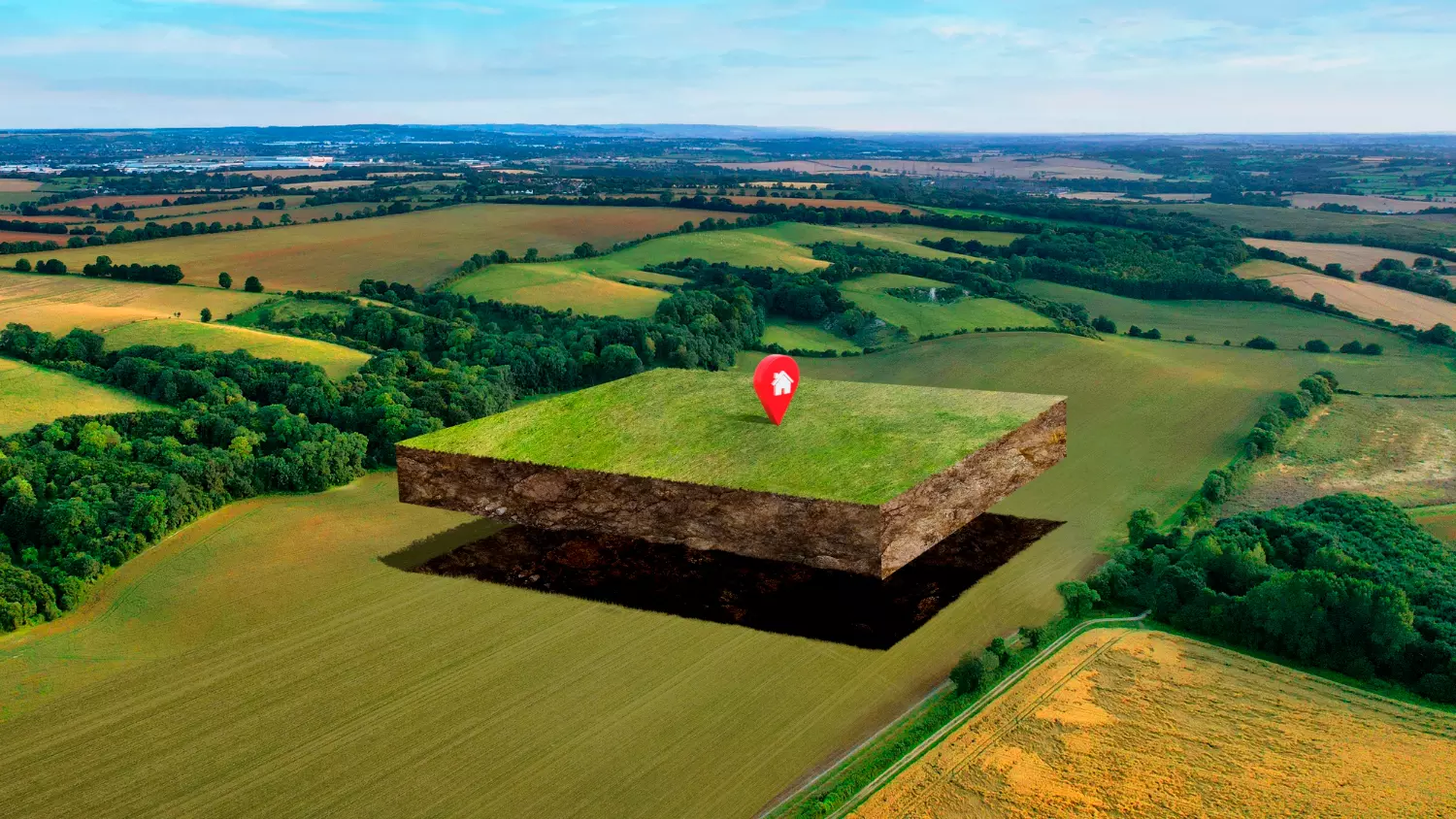
Can Bhu-Aadhaar weed out land fraud? Largely, but only if Centre, states are sincere
While the Unique Land Parcel Identification Number may help eradicate several types of land fraud, centralised and digitised data can be subject to manipulation

When even the government’s land is not immune to grabbing, can the Bhu-Aadhaar weed out the menace, once described by the Supreme Court as a phenomenon as “old as human civilisation”?
This question has become imperative since Finance Minister Nirmala Sitharaman, in the Union Budget, gave a push to the plan to assign a Unique Land Parcel Identification Number (ULPIN) to every plot of land across the country.
The government is claiming that the 14-digit identification number, christened Bhu-Aadhaar, will be a solution to land-grabbing and other fraudulent activities, including owning “benami” land property.
What’s the plan?
The ULPIN rollout plan is part of the Digital India Land Records Modernization Programme, a 100 per cent centrally-funded project revamped in 2016 from its earlier UPA government’s avatar called National Land Record Modernisation Programme.
The modernisation programme aims to update, digitise, and integrate land records and strengthen revenue administration. For this purpose, the Centre has decided to incentivise the state governments to complete the process within three years.
Almost all the Indian states, barring a few, such as Meghalaya, have started implementing the programme. West Bengal is also among them.
What will ULPIN do?
Once the longitude and latitude of the plot are recorded based on detailed surveys and geo-referenced cadastral maps, the 14-digit identification number will be assigned to each parcel.
The ULPIN will contain all details about the plot, such as the name of its owner, area, and its usage (agriculture or residential). The number will change if the geometry of the property changes during mutation. That is, if a portion of the property is sold.
Furthermore, there will be consent-based integration of Aadhaar number with the land record database and integration of land records with multiple directorates.
Status of Bengal
West Bengal has, till June this year, computerised land records of 42,123 villages out of 42,423. The state has a total of 46,601,912 records of rights (RoRs), locally known as khatian, in land records. Each RoR is given a khatian number.
But since land records with the office of the Block Land and Land Reforms Officer (BL&LRO) and the Directorate of Registration and Stamp Revenue are yet to be completely integrated, there is a scope for fraud and disputes, said advocate Naba Pallab Roy.
“Sometimes, after a person sells a portion of his plot, the land records with the BL&LRO do not incorporate the changes even after the registration of the property because records are not integrated,” he pointed out.
This problem will be addressed to a large extent, if not completely, once the records are integrated, advocate Roy added. He, however, was quick to add that the new registrations and mutations should be automatic.
Impersonation a big problem
He further stated that if the ULPIN is issued after integrating land records with the Aadhar, then it will curb the problem of land grab by impersonation.
Most of the land dispute cases in West Bengal currently pertain to selling of land and changing land records by fraudsters impersonating as the owner.
Violation of land ceiling
The Bhu-Aadhaar, if implemented properly, will also deal with the violation of land ceiling in the state, said a senior functionary of the West Bengal Land and Land Reform Officers’ Association. He preferred anonymity as a government officer.
“There can be instances wherein a person owning land in Kolkata and Siliguri and the two properties together exceed the land ceiling,” he cited, saying it is at present very difficult for the government to ascertain such violation.
The Aadhaar-linked ULPIN will help check this and will also help in tracking benami properties, he went on to add.
Note of caution
While acknowledging that this land reform project, if “implemented with good intention”, could help reduce land frauds, the All India Kisan Sabha (AIKS) has a note of caution.
Hannan Mollah of the AIKS said the success of the project will largely depend on how sincere the state and the central governments are in implementing land reforms.
Stating that the ULPIN will make it easier to acquire land since all the information will be centralised and available in one click, Mannan said, “This massive data collection should not become a ploy to facilitate the corporates to acquire farm land.”
Risk of doctored records
The AIKS leader is also apprehensive about the possibility of doctoring digitised records with the help of insiders in the land-related departments.
That his apprehension is not completely misplaced has become apparent in recent cases of grabbing of West Bengal government-owned land, allegedly with the help of employees of Land and Land Reform and Refugee Relief and Rehabilitation Department.
Grabbing of state land
The cases were reportedly brought to the notice of Chief Minister Mamata Banerjee. In one instance, sources said, 1.28 acres of lease-hold government’s land was converted to freehold at Jabuna mouza of Durgapur-Faridpur block in West Bardhaman district by tampering digitised land records of the department. This came to the notice in May this year.
After many such instances came to the fore, the government constituted a committee of senior officers to prevent grabbing of state-owned land.
It is not for no reason that the country’s apex court made the significant remark about land grabbing being a phenomenon as old as human civilization. The court made the observation while setting aside a June 2000 high court order that upheld the claim of Andhra Pradesh resident Goundla Venkaiah to five acres of government land his family had been in possession of for over 50 years.

